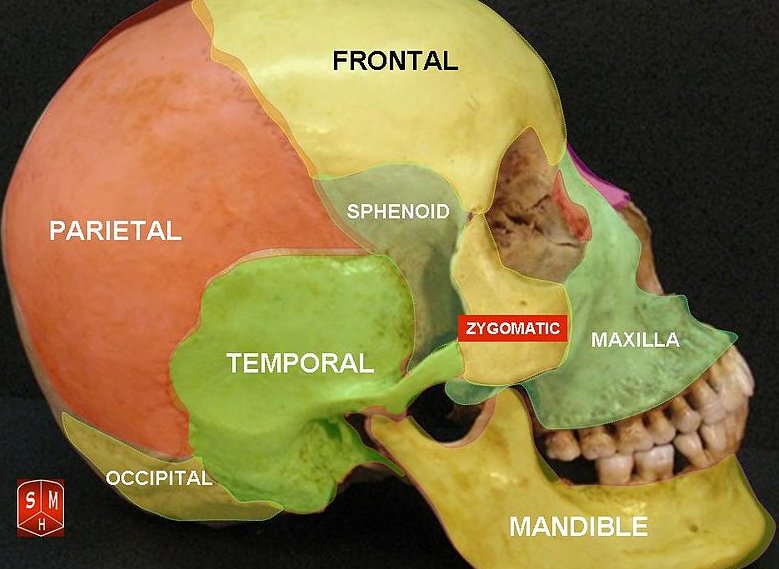Also on Easter Island there was a 'line of fire': 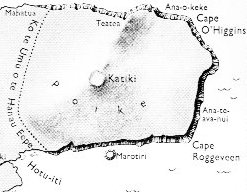 It was not a straight line but bulging out like the sail under pressure from the wind. .jpg) The name was Ko te Umu o Te Hanau Eepe. Umu. Cooking pit, Polynesian oven (shallow pit dug in the ground, in which food is cooked over heated stones); the food cooked in such a pit for a meal, dinner, or banquet; umu pae, permanent cooking pit, in a stone enclosure.; umu paepae, permanent cooking pit with straw cover for protection from rain and wind; umu keri okaoka, temporary cooking pit without stone enclosure; umu ava, very large temporary cooking pit, made for feasts; umu takapú, exclusive banquet, reserved for certain groups of persons, for instance the relatives of a deceased family member; umu tahu, daily meals for hired workers; umu parehaoga, inaugural banquet (made on occasion of a communal enterprise or feastival); umu ra'e, banquet for fifth or sixth month of pregnancy; umu pâpaku, banquet on occasion of the death of a family member. Vanaga. Cooking place, oven (humu). Churchill. Samoa, Maori, Nukuoro, Niue, Tahiti, Hawaii, Mangaia, Marquesas, Mangareva, Paumoto: umu, oven. Tonga: ngotoumu, id. Uvea: ngutuùmu, id. Futuna: ùmu-kai, id. Fotuna: amu, cooking place. Rapanui: umu, oven; humu hare, cook house ... The Polynesian radical is consistently umu. Tonga and Uvea compound with it a word which in Uvea is distinctly ngutu mouth and in Tongan we may feel that ngutu has been specifically differentiated in this composite. In the Futuna composite the latter element is merely kai food ... Particular interest attaches to the discovery of the amu type in Mabulag and Miriam, western and eastern islands of the straits and remote from the New Guinea coast ... The existence of amu in Fotuna affords us reason to regard the type as ancient Proto-Samoan, and that Mabulag and Miriam received it directly and not on secondary loan from Motu. Churchill 2.
... Within a few days the canoe was loaded with provisions. Great fish baskets were made of bamboo, filled with many kinds of fish, and attached to the outside of the canoe so as to be in the water. Bamboos and gourds were filled with water and stowed away on board, and there were fe'i, bananas, taro, and mahi (fermented breadfruit) in abundance. A bed of sand and stones was made upon the deck, upon which to make a fire for cooking the food, and soon Hiro was ready to go to sea ...
... The image is that of a reed boat with a whale's or sea monster's head at the bow, and a skull-like mask at the stern. At the top of the stern is a five-sided umu, or Easter Island fireplace, and on deck is a hare paenga, or lenticular reed house, with a square doorway on the starboard side. On the same side, a wide channel surrounded by a V-shaped groove leads down from the deck aft ... In Manuscript E we can read how 500 prisoners were located up on Poike (the place aloft): ... Hotu said to Teke, 'Look around for a suitable area (maara) to settle the Hanau Eepe and let them work the fields!' Teke took command of the Hanau Eepe and went with them to Poike. After he had settled them there, Teke said to the Hanau Eepe, 'Settle here, work, and keep peace among yourselves (he mee o mahamaha kina); let this be the goal of every one of you!' Then Teke assumed royal powers (pahera ariki) and passed them on to Iko. Teke installed the king; Iko was (now) the king (ariki) of the Hanau Eepe. Teke called out to the men, 'Iko is your king, oh people (mahingo)!' The Hanu Eepe remained there. Teke returned. (He) came to Oromanga (name corrected; alternative translation: Along came the adopted rat, kiore ma(a)nga.). That was Iko. Twenty-five years ... [E:85] Poike. MAO. poike 'place aloft'. Barthel 2. I have up to now not found any immediately attractive reason for the Saturn number 25 at this place. However we can perceive 25 as the separate 'brick' at the place aloft on the ziggurath - above the number for the lower levels (24) - that brick which has a square 'door':
5 * 5 - 3 * 3 = 4 * 4. ... At right in the lower panel we can see the ziggurath built by mud bricks, nearly reaching all the way up to the surface of the earth.. 8 + 7 + 5 + 4 = 24. To which can be added 25 in order to reach 7 * 7 ... ... An iconographic study by Jeff Kowalski suggests a cosmological layout for the Nunnery.
The higher placement of the North Building, with its 13 [→ 85 / 5] exterior doorways (reflecting the 13 layers of heaven), and the celestial serpents surmounting the huts identify it with the celestial sphere. The iconography of the West Building, with 7 exterior doorways (7 is the mystic number of the earth's surface), and figures of Pawahtun - the earth god as a turtle - indicate this to be the Middleworld, the place of the sun's descent into the Underworld. The East Building has mosaic elements reflecting the old war cult of Teotihuacan, where tradition had it that the sun was born; thus, this may also be Middleworld, the place of the rising sun. Finally, the South Building has 9 exterior doorways (the Underworld or Xibalba had 9 layers), and has the lowest placement in the compex; it thus seems to be associated with death and the nether regions ... The top of the world below (i.e. the Underworld) was not far below the surface of the earth. Similarly could a pyramidal mountain based on the surface of the earth reach nearly up to the sky.
I must here take the opportunity to document, before it vanishes from my memory, how scientists (according to a TV program I happened to stumble on yesterday) had found out that the 91 vertical stone segments clearly had been arranged in order to produce a remarkable acoustical phenomenon - viz. how someone (like a priest) when clapping his hands standing on the ground in front of the pyramid would receive an echo of approval from the stones, sounding exactly like the chirp of the Flying Serpent (Kukulkan, the Quetzal Coatl):
It was Teke (the Occiput) who assumed the royal powers (pahera ariki) necessary for this task, viz. to create a kingdom up aloft (on Poike). Teke. Occiput. Teketeke, short (not tall); also: teke. Vanaga. Teke ki nei, as far as, until (? tehe 1). Teketeke, crest, ridge. Churchill. Paka. 1. Dry; to become dry (of things); pakapaka, to dry out. Te paka is also the name of the moss-covered areas, between the small lakes of volcano Rano Kau, through which one can pass without getting one's feet wet. 2. To go, to depart; he-paka-mai, to come; he-oho, he-paka, they go away. 3. To become calm (of the sea): ku-paka-á te tai. Pakahera, skull, shell, cranium; pakahera puoko tagata, human skull; pakahera pikea, shell of crab or crayfish. Gutu pakapaka, scabbed lips. Hau paka, fibres of the hauhau tree, which were first soaked in water, then dried to produce a strong thread. Moa gao verapaka, chicken with bald neck. Ariki Paka, certain collateral descendents of Hotu Matu'a, who exercised religious functions. Vanaga. 1. Crust, scab, scurf; paka rerere, cancer; pakapaka, crust, scabby. 2. Calm, still. 3. Intensive; vera paka, scorching hot; marego paka, bald; nunu paka, thin. 4. To arrive, to come. 5. To be eager. 6. To absorb. 7. Shin T. Pakahera, calabash, shell, jug. Pakahia, to clot, curdle, coagulate. Pakapaka, dry, arid, scorching hot, cooked too much, a desert, to fade away, to roast, a cake, active; toto pakapaka, coagulated blood; hakapakapaka, to dry, to broil, to toast. Pakahera pikea, shell of crab or crayfish. Churchill.
Ora. 1. Healthy; to recover, to be saved (from an illness or a danger): ku-ora-á, ina kai mate, he recovered, he did not die; ku-ora-á te haoa, the wound has healed; e-ora-no-á, he is still alive; ora-hakaou mai, to come back to life; ora ké, what a pleasant breeze! (lit: how healthy!). 2. Stick for spinning top (made from the shell of a sandalwood nut) with which children make the top spin. Vanaga. 1. December, January. Ora nui, November, October. 2. To live, to exist, to draw breath, to survive, to subsist, to be well, healthy, safe, to refresh, a pause, rest, ease; e ko ora, incurable; ora tuhai, previous existence; ora iho, to resuscitate, to revive; ora nui, vigorous; oraga, life, existence; oraga roaroa, oraga roaroa ke, oraga ina kai mou, immortality; oraga kore, lifeless; oraga mau, oraga ihoiho, vivacious; oraora, oraora no iti, to be better; hakaora, to draw breath, to revive, to strengthen, healthy, to sanctify, to animate, to save, to repose, to cure, to rest, to comfort, to assuage; hakaora ina kai mou, to immortalize; hakaoratagata, Messiah, Saviour. 3. To give water to; kua ora te kevare, to water a horse; hakaunu ora, to water. 4. To staunch, to stop the flow of a liquid. 5. To make an escape; hakaora, to discharge, to deliver, to set free. 6. To be awake (probably ara); hakaora to guard. 7. A zephyr, light wind; kona ora, a breezy spot; ahau ora, agreeable breeze. Churchill. Ola, life, health, well-being, living, livelihood, means of support, salvation; alive, living; curable, spared, recovered, healed; to live; to spare, save, heal, grant life, survive, thrive. Ola loa, long life, longevity, Ola 'ana, life, existence. Wehewehe. The explorers reach Easter Island in a 'canoe' (vaka). The name of their craft is given as Oraorangaru 'saved from the billows' (Brown 1924:40) or Te Oraora-miro 'the living-wood' (ME:58). The Routledge reference 'Each (man went) on a piece of wood' (RM:278) also seems to refer to the name of the canoe. As far back as 1934, the name was no longer understood. I favor the following explanation: The difficulty in interpreting the name of the canoe of the explorers arises from the name segment oraora. To begin with, the compound form oraora ngaru should be analyzed in comparison with other Polynesian compounds, such as MAO. pare-ngaru 'that which fends off the waves' (i.e., the hull of the boat), TAH. tere-'aru 'that which moves through the waves' (i.e., riding the waves on a board). There are several possible translations for oraora as the reduplication of ora. Te Oraora Miro can be translated as 'the pieces of wood, tightly lashed together' (compare TAH. oraora 'to set close together, to fit parts of a canoe') and be taken to refer to the method of construction of the explorer canoe, while Oraora Ngaru means 'that which parts the water like a wedge', or 'that which saves (one) from the waves, that which is stronger than the waves'. (Barthel 2)
... the Inuit who regard sun as female and moon as male, sister and brother: 'The moon, being without food, wanes slowly away from starvation until it is quite lost from sight; then the sun reaches out and feeds it from the dish in which the girl has placed her breast. After the moon is fed and gradually brought to the full, it is then permitted to starve again, so producing the waxing and waning every month ... ... Up to the present time, fertility spells for fowls have played an important role. Especially effective were the so-called 'chicken skulls' (puoko moa) - that is, the skulls of dead chiefs, often marked by incisions, that were considered a source of mana. Their task is explained as follows: 'The skulls of the chiefs are for the chicken, so that thousands may be born' (te puoko ariki mo te moa, mo topa o te piere) ... As long as the source of mana is kept in the house, the hens are impregnated (he rei te moa i te uha), they lay eggs (he ne'ine'i te uha i te mamari), and the chicks are hatched (he topa te maanga). After a period of time, the beneficial skull has to be removed, because otherwise the hens become exhausted from laying eggs ...
... Do we ever understand what we think? We understand only such thinking as is a mere equation and from which nothing comes out but what we have put in. That is the manner of working of the intellect. But beyond that there is a thinking in primordial images - in symbols that are older that historical man; which have been ingrained in him from earliest times, and, eternally living, outlasting all generations, still make up the groundwork of the human psyche. It is possible to live the fullest life only when we are in harmony with these symbols; wisdom is a return to them. It is a question neither of belief nor knowledge, but of the agreement of our thinking with the primordial images of the unconscious. They are the source of all our conscious thoughts, and one of these primordial images is the idea of life after death ... A human being would certainly not grow to be seventy or eighty years old if this longevity had no meaning for the species to which he belongs. The afternoon of human life must have a significance of its own and cannot be merely a pitiful appendage to life's morning. The significance of the morning undoubtedly lies in the development of the individual, our entrenchment in the outer world, the propagation of our kind and the care of our children. But when this purpose has been attained - and even more than attained - shall the earning of money, the extension of conquests, and the expansion of life go steadily on beyond the bounds of all reason and sense? Whoever carries over into the afternoon the law of the morning - that is, the aims of nature - must pay for so doing with damage to his soul just as surely as a growing youth who tries to salvage his childish egoism must pay for this mistake with social failure. Moneymaking, social existence, family and posterity are nothing but plain nature - not culture. Culture lies beyond the purpose of nature. Could by any chance culture be the meaning and purpose of the second half of life? In primitive tribes, we observe that the old people are almost always the guardians of the mysteries and the laws, and it is in these that the cultural heritage of the tribe is expressed ...
|
||||||||||||||||||||||
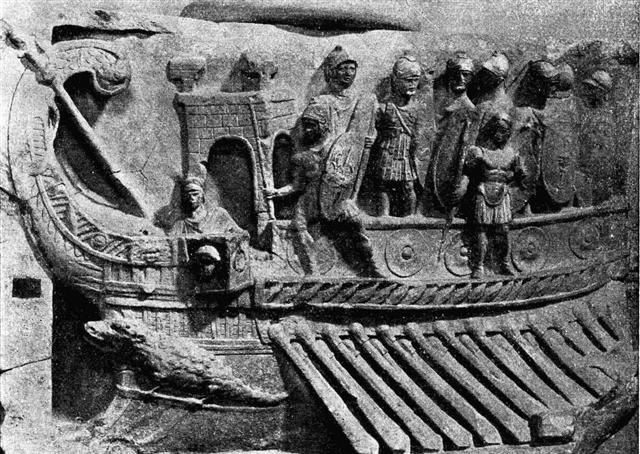


.jpg)

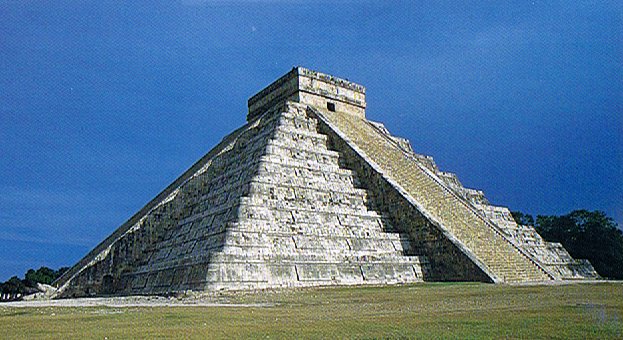
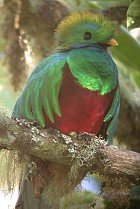
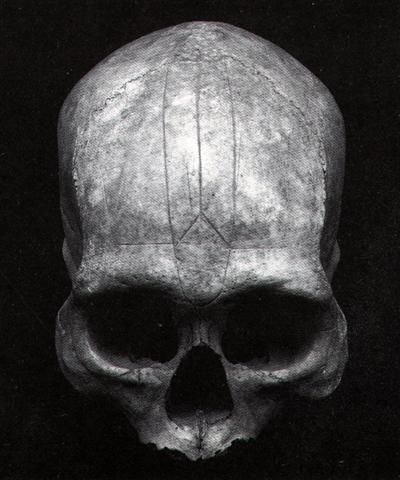

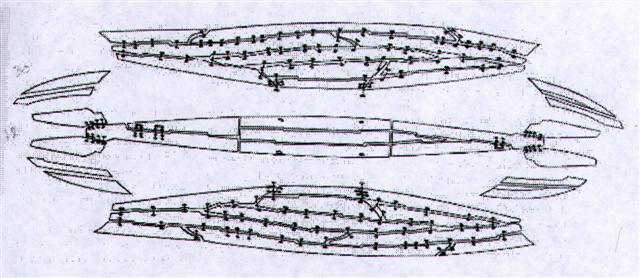
.jpg)
